The Winemaker’s Think Tank: Vol 20 – When should I bottle?
What’s the Winemaker’s Think Tank?
Every Thursday we will post about a few frequently asked questions that our winemaker has answered. If you have a winemaking question you would like to have answered, please email us at support@juicegrape.com and we will try to get into next week’s post. Cheers! 🙂
When should I bottle?
The answer to this question can have many directions. The simple answer is: when the wine is ready. On average, white wines may be bottled 6-12 months after fermentation. Red wines benefit more from bulk aging, that is, aging all of that varietal together in a large vessel such as a tank or barrel or carboy, rather than in individual bottles. A red wine should bulk age for at least a year before bottling. Premium red wines age for at least 3 years in large vessels before bottling.
We hope this information helps with your winemaking. If you have any follow up questions or winemaking questions in general, please email us at support@juicegrape.com.
The Winemaker’s Think Tank: Vol 19 – Should I rinse my corks?
What’s the Winemaker’s Think Tank?
Every Thursday we will post about a few frequently asked questions that our winemaker has answered. If you have a winemaking question you would like to have answered, please email us at support@juicegrape.com and we will try to get into next week’s post. Cheers! 🙂
Should I rinse my corks?
Today, most manufactured corks are made in a sanitized environment and then packaged in vacuum sealed bags to ensure cleanliness. There is no need to boil, soak, or rinse the corks before use.
We hope this information helps with your winemaking. If you have any follow up questions or winemaking questions in general, please email us at support@juicegrape.com.
The Winemaker’s Think Tank: Vol 18 – Tips for Racking Your Wine
What’s the Winemaker’s Think Tank?
Every Thursday we will post about a few frequently asked questions that our winemaker has answered. If you have a winemaking question you would like to have answered, please email us at support@juicegrape.com and we will try to get into next week’s post. Cheers! 🙂
The Joys of Racking Wine….
Racking your wine is a necessary evil. We know it can be tedious, but it the end it is so worth it.
Things to keep in mind when racking:
• Cleanliness: We cannot express this enough. The cleaner your cellar, the less risk you have of spoilage, the better your wine will be. Aka SANITIZE EVERYTHING!! (however if doing MLF rinse with hot water as not to kill the ML bacteria) Use a solution of potassium metabisulfite dissolved in warm water. Add 2 tbsp to a 5 gallon bucket of water. Make sure that everything that will touch your wine (siphon, hosing, carboys, stirring rods) are all rinsed with this solution. Do not rinse it off with water, just shake off any excess droplets.
• Primary Racking: Rack after your primary alcoholic fermentation is complete. This protects your wine from any initial microbial fermentation issues. Getting the new wine off of the dead yeast cells in important for the health of your wine to prevent off aromas.
• Secondary Racking: Rack after the Malo-Lactic fermentation has finished. At the second racking you will want to rack your wine into an aging vessel. Whether that is a stainless steel tank or an oak barrel. Don’t forget to sulfite, unless you are doing MLF.
• Third and/or Fourth Racking is used more for clarification purposes. Solids and fining agents (if used) will fall out of suspension and form a layer on the bottom of your aging vessel. Racking every 2-3 months, will consistently clarify your wine.
• Using a pump makes life so much easier. You can pretty much sit back and relax with a glass of wine while your juice is being transferred. If you don’t have a pump the best way to rack is by using a siphon and the gravity method. Put the primary vessel up some place high (a table) and rack into your new vessel on a lower surface (floor).
We hope this information helps with your winemaking. If you have any follow up questions or winemaking questions in general, please email us at support@juicegrape.com.
The Winemaker’s Think Tank: Vol 16 – Should I fill my vessel/barrel/carboy to the top?
What’s the Winemaker’s Think Tank?
Every Thursday we will post about a few frequently asked questions that our winemaker has answered. If you have a winemaking question you would like to have answered, please email us at support@juicegrape.com and we will try to get into next week’s post. Cheers! 🙂
Should I fill my vessel/barrel/carboy to the top?
Any vessel that holds wine, whether it is a bottle, barrel, or carboy, should always be filled up to the top, to prevent exposure to oxygen. Barrels naturally breathe to promote micro-oxidation and reduction via evaporation of the wine and must be topped off once a month. The wine level will slowly drop due to the evaporation and this will create an air pocket that will slowly start to oxidize the wine. Any carboy should be filled up to the neck, preferably to the bottom of the ridge at the mouth of the carboy. Again, this will prevent any air from spoiling the wine.
We hope this information helps with your winemaking. If you have any follow up questions or winemaking questions in general, please email us at support@juicegrape.com.
Chilean Wine Grape Update: Arrivals & In Stock
As of 5/2/2017 the following is in stock…
Juices:
ALL Chilean Varieties
ALL South African Varieties
Grapes:
Malbec
Carmenere
Merlot
Petite Verdot
Syrah
To Arrive 5/5/17….
Juices:
ALL Chilean Varieties
Grapes:
Cabernet Sauvignon
Cabernet Franc
Carmenere
Pinot Noir
Petite Verdot
Malbec
Merlot
Syrah
Please feel free to contact us at sales@juicegrape.com or 877.812.1137 to schedule your pick up!
We are looking forward to working with you this Spring Harvest! Keep an eye on our Facebook Page and Harvest Tracker for more harvest information and upcoming wine classes.






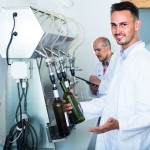
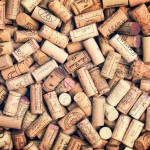

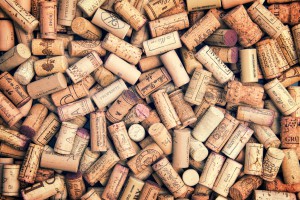
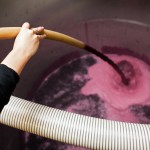
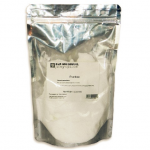
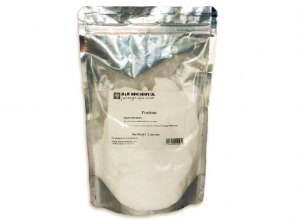
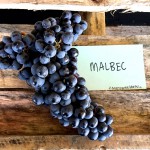
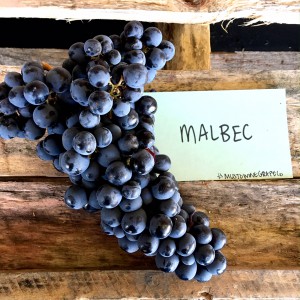
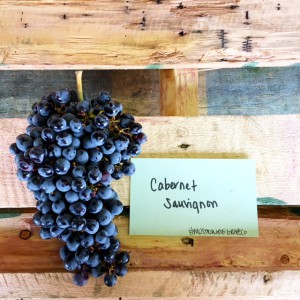
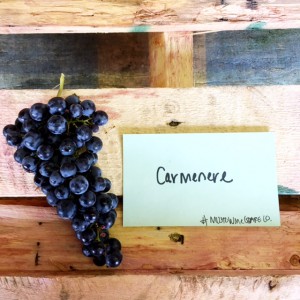
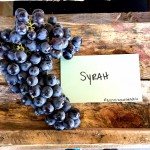
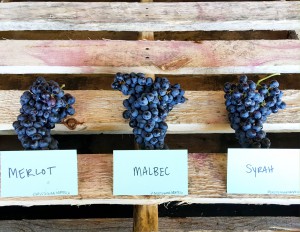
Recent Comments